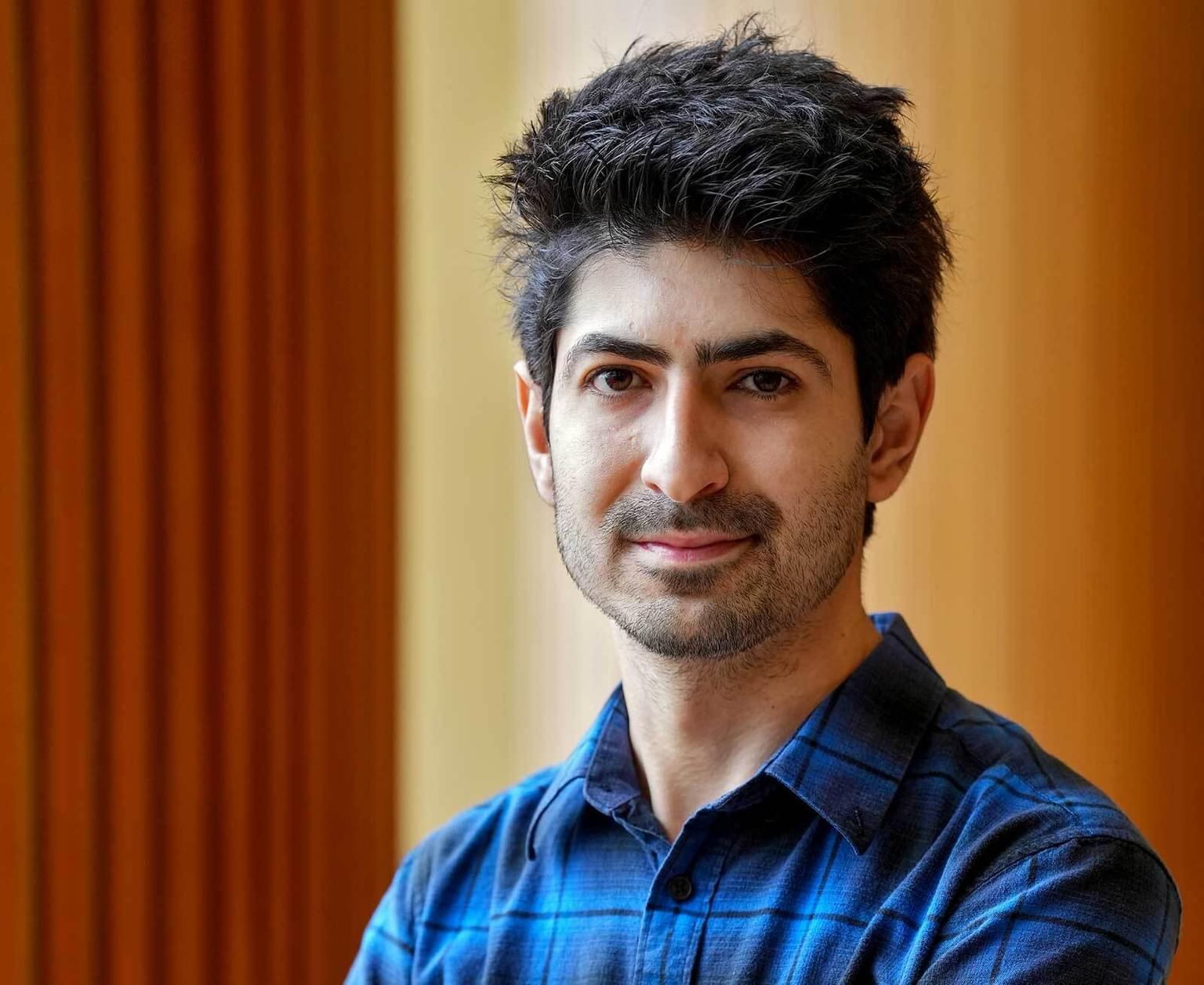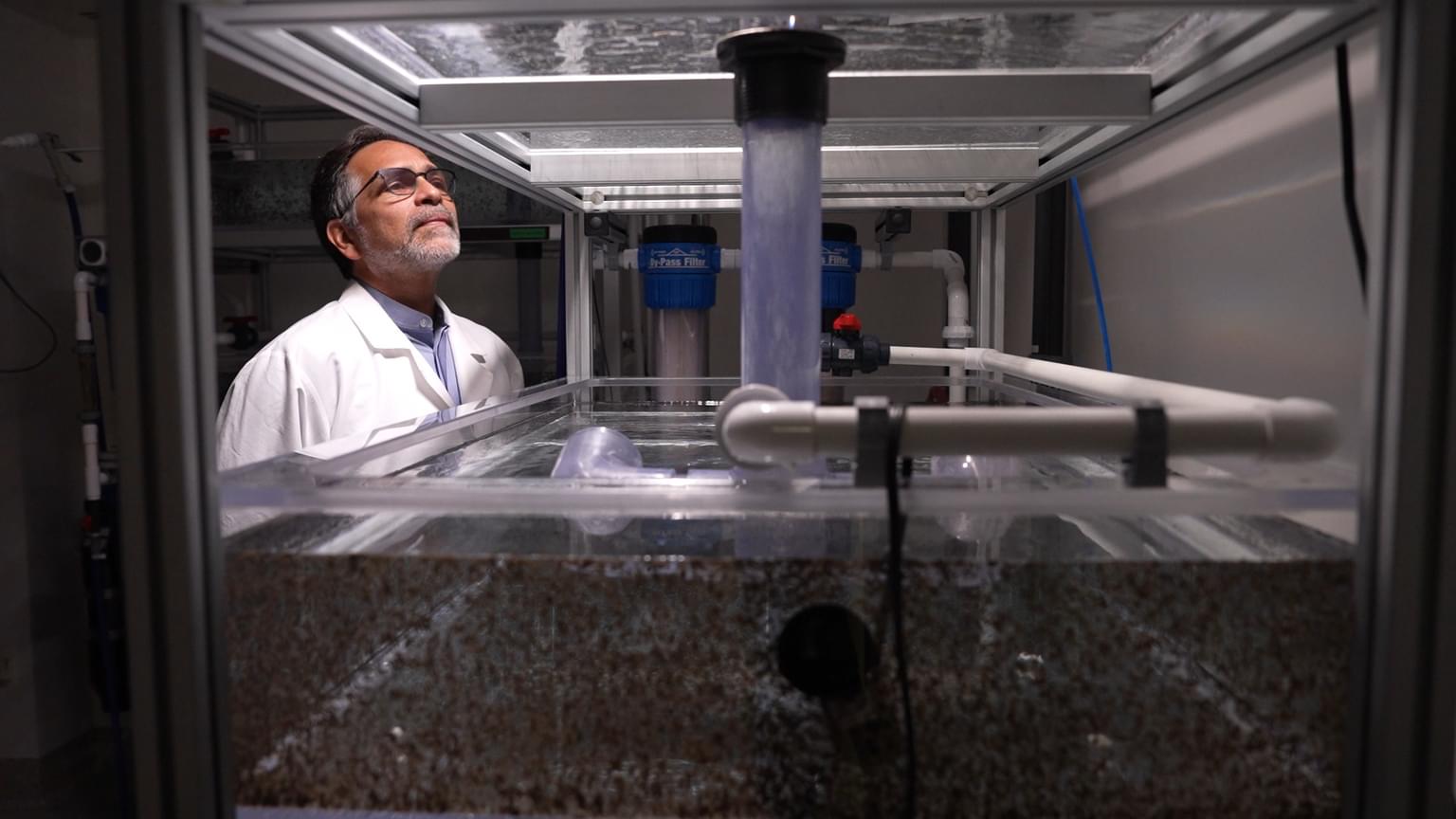By Anissa Anderson Orr
As a sports nut growing up in Lubbock, Texas, Juston Weems clearly remembers the hassle of being a kid with asthma. Wheezing and out of breath, he often pondered the condition when sidelined from a soccer game.
“By the time my mom would get me to the doctor, the worst of it was already over,” Weems says. “They had me run on a treadmill so they could actually see the symptoms and signs. I went in quite frequently.”
His early struggles with asthma sparked scores of questions he hoped to answer with a career in medicine, but once in college, scientific research had a stronger pull on him. Now he works as a postdoc in the lab of Stowers Investigators Joan Conaway, PhD, and Ron Conaway, PhD, and has recently published a major scientific paper based on his research at the Institute.
But before the test tubes, petri dishes, and microscopes, there was soccer. Weems loved the sport and stuck with it throughout high school and into college. His commitment earned him a soccer scholarship to Oklahoma City University and entry into the lab of diabetes researcher Ann Louise Olson, PhD, at the University of Oklahoma Health Sciences Center, where a fellow soccer player leaving his position as a lab tech encouraged Weems to take his place.
"While I was there, I got a firsthand look at what research in biology and biochemistry actually looked like," Weems says. "I just absolutely loved it and really felt like I wanted to be on the discovery side of things as opposed to the diagnosing and treating side. It's really what helped me make the switch (from medicine), and that's actually the lab where I completed by PhD."
Weems spent the next several years investigating the glucose metabolism of type 2 diabetes, and, along the way, uncovered a novel role for the histone deacetylase HDAC5, one of the enzymes responsible for controlling the expression of the glucose transporter GLUT4.
"Figuring out what's going on when a normal cell expresses GLUT4 helps us better understand what goes wrong in the diabetic, when the insulin-resistant cell is not expressing it," Weems says. "Ultimately we believe our discovery will lead to breakthroughs and actual therapeutic targets."
As he neared the completion of his PhD in 2010, Olson introduced him to Stowers Investigators Ron and Joan Conaway, who were in town for a lecture. An invitation to interview for a Stowers postdoc position followed, and Weems was won over by the facilities, research mission, and unwavering support of its scientists.
"It seemed like the Stowers Institute was the best possible place to get the most research done, and where I could make the most impact," he says.
At the Institute, Research Advisors Brian Slaughter, PhD, and Jay Unruh, PhD, gave Weems a crash course in microscopy to help him master the intensive imaging work the Conaway Lab's research required. Weems began investigating elongin A, a molecule that aids in the speed of transcription, the first step in gene expression.
He tracked the formation of a protein complex called elongin A ubiquitin ligase by fluorescently tagging its proteins. He and his colleagues found that when cells were under stress, the complex rapidly accumulated and halted the transcription process—breakthrough results published last June in the Journal of Biological Chemistry.
Building on the elongin study, Weems is investigating whether ligase assembles not only during times of stress, but also when large changes in gene activation occur. Understanding the mechanisms at work could provide insight into human diseases such as cancer, where transcription errors may contribute to deadly cell mutations.
Currently, Weems is sidelined once again from soccer, this time the result of a benign tumor on his femur. Now when he's not in the lab, Weems plays golf, takes his cocker spaniels Skyler and Sophie on walks, and hangs out with his wife, Lauren, a research technician in the Stowers screening facility. Before coming to the Institute, they had worked in the same lab where Weems completed his PhD.
"We drive in every day about the same time. We eat lunch together most of the time if we can, and then we leave roughly at the same time depending on how our days go. And she's not tired of me yet," jokes Weems.
As his postdoc winds to a close, Weems is planning his next step—ideally a faculty position at an academic institution that will allow him to continue pursuing the elongin project. He appreciates the support and training he's found at the Institute, and in the Conaway Lab.
"As a postdoc, you're almost like an independent contractor," Weems says. "My mentors helped me branch out to where I can work within their general research scope, but also push the science out further in certain places. It's a great experience."



